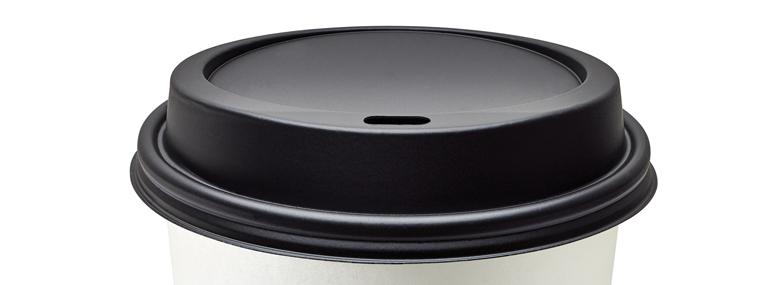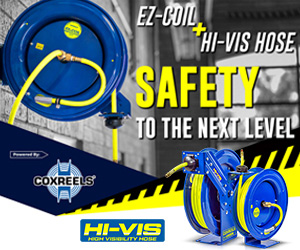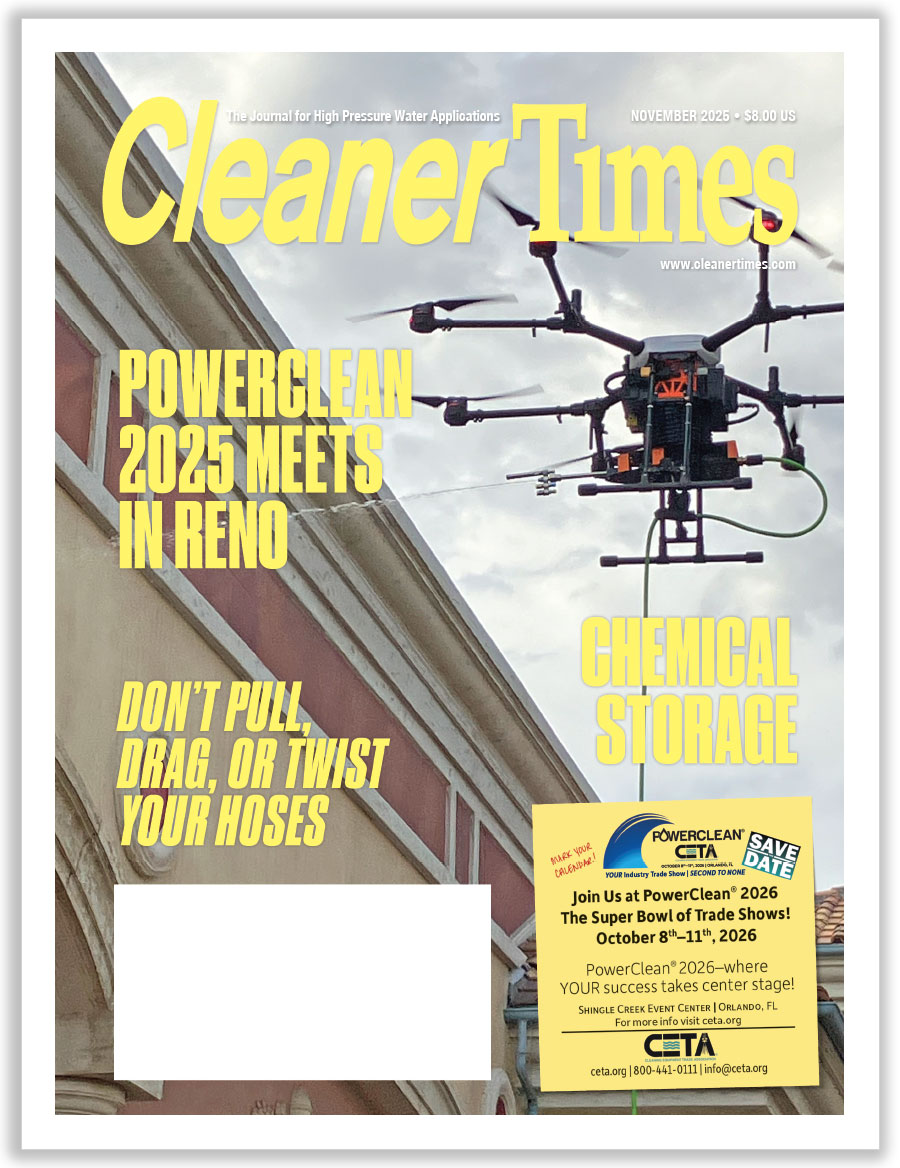
Proposition 65 Warning: May Cause Cancer
By Diane M. Calabrese / Published June 2018

Technical Updates
Forget the Gold Rush. California has become synonymous with coffee and acrylamide. The list of California’s Proposition 65 warnings about the presence of possible carcinogens and reproductive toxins in products and places keeps growing. And, yes, that’s places. Amusement parks, hotels, and dental offices are all on the list.
While the Gold Rush was about taking risks, the high visibility accorded to a ubiquitous beverage and a byproduct of mixing high heat and starch is all about reducing risk. Although risk reduction is a laudable goal, sweeping away common sense with a burst of good intentions may not be.
It’s difficult to imagine that anyone older than age four or five does not know the danger of carbon monoxide. Prop 65, however, takes the extreme view and assumes residents of the Golden State must have a warning label tied to the potentially lethal gas because in sub-lethal amounts it can do great harm to human health.
The California Office of Environ-mental Health Hazard Assessment (OEHHA) is responsible for keeping the public informed about Prop 65 warnings and the rationale for each warning. Proposition 65, the Safe Drinking and Toxic Enforcement Act of 1986, was enacted by a ballot initiative. As the efforts undertaken beneath the Prop 65 umbrella have grown in size and scope, the initiative has become much more widely known.
Interest in Prop 65 has also increased because it applies to any company with ten or more employees selling products in California. All products manufactured after August 30, 2018, must carry the required warning labels. Moreover, there is a curiosity about whether other states will follow with a similarly comprehensive system of warning label requirements.
The expense of applying warning labels to products is one concern for businesses. Another concern is the liability implied by the label. If a product is potentially harmful, perhaps it should not have been sold. It’s a litigious society, and lawyers may see promise of large payouts in lawsuits involving coffee and French-fried potatoes.
The admonishment to do everything in moderation, including drinking coffee and eating fried potatoes or chips, would probably do as much or more for human health as warning labels. But, we are well beyond the simple approach.
Even so, there is a sort of counterweight to what’s going on in California. And that’s what’s happening at the federal level. While Prop 65 is putting the emphasis on more prescriptive, the federal approach is to be less prescriptive.
In January 2017, Executive Order 13771 jumpstarted a deregulation effort at the federal level. The EO directed agencies to begin to cull regulations that are outdated, unnecessary, or ineffective; impose costs that exceed benefits; eliminate or inhibit job creation; and create inconsistencies. A correlated goal is to remove two regulations from the books for every regulation added.
By November 2017, the effort of regulatory reduction catalyzed by EO 13771 had realized a 22:1 result with 22 deregulatory actions for every one regulatory action. The estimated savings in regulatory costs through the removal of some regulations was $8.1 billion.
Six Months Later
In the December 2017 issue at www.cleanertimes.com/magazine/cleaner-times-articles-2/regulatory-technical-updates, we got technical updates from two experts on regulatory matters. Six months later, the two experts again share their assessment.
“Prop 65 is a big concern because our industry was targeted by bounty attorneys last year,” says Dr. Marlo Dean, senior support services manager at Kärcher North America in Camas, WA. Realize it has a very long reach. So long, he explains that a company not based in California could sell a product to a company not in California and still be named a defendant in a lawsuit if the product ends up in California.
Take heart, however, in the knowledge that the industry is engaged in being ready to address Prop 65 issues. “CETA [Cleaning Equipment Trade Association] is working with Technology Sciences Group to develop a risk analysis for members of CETA, helping them fight future expensive litigation and fines resulting from Prop 65 requirements,” says Dean.
Technology Sciences Group (TSG) in Washington, D.C., offers regulatory and scientific services to assist clients with compliance. It operates in 36 countries.
The last half year has been relatively quiet. “The industry has not had any major technical changes,” says Dean. “There are always minor improvements like the Easy!Force spray gun, which uses the force of the water spray to compress the trigger against the palm of the hand, reducing fatigue by increasing ergonomics by design.”
Incremental and welcome innovations are often taken for granted. “There are companies that have reduced exhaust temperature produced by hot water pressure washers, which increased efficiency, saving energy costs and reducing installation costs,” says Dean. “There has been the introduction of a Venturi design in rotary surface cleaner accessories to siphon water away from the surface, preventing dirty water from collecting on the cleaned surface—which [was] problematic. Everything else fits into minor changes but nothing revolutionary.”
Safety and performance standards for the industry are moving forward. “The most recent is the merging or harmonization of the EU, U.S., and Canadian pressure washer safety standards,” says Dean. March 1, 2021, is the effective date set by a committee vote of UL for the new product safety standard for pressure washers, UL 60335-2-79.
While UL 60335-2-79 is already in effect—giving time for manufacturers to make design changes—as of the March 2021 date, UL 1776 will be withdrawn, says Dean. Until March 2021, manufacturers can request certification for either UL 1776 or UL 60335-2-79.
With respect to keeping pace with regulations tied to the environmental impact of using pressure washers, members of the industry are well served, says Robert M. Hinderliter, environmental consultant in Fort Worth, TX. “CETA, PWNA, PWRA, and UAMCC do a pretty good job of letting everyone know what’s new on the horizon.”
Hinderliter says that he would like to see wastewater given more attention in the future, and he anticipates it will be. “Wastewater treatment as it becomes more economical will be scrupulously practiced,” he says.
There’s a great deal of flexibility given to jurisdictions in how they meet their obligations under the Clean Water Act (CWA) of 1987. “Jurisdictions get to decide for themselves how to comply with their NPDES permits to meet discharge limits,” says Hinderliter. “The EPA [Environmental Protection Agency] does not approve products, processes, or technology. The EPA sets discharge limits.”
The National Pollution Discharge Elimination System (NPDES) is an outgrowth of the CWA. For many jurisdictions, says Hinderliter, the problems with meeting NPDES permitting requirements stem from much bigger issues than wastewater discharge from pressure washers.
“Back in the 1990s, most jurisdictions with wastewater from pressure washing—where it was a problem—addressed the issue then,” says Hinderliter. “There will be a few isolated cases where [a] problem pops up now, but not on a national scale.” The result is approaches that vary not only by state but also by region.
In Houston, TX, for example, any power washing contractor reclaiming water and operating within the city limits must be permitted as a city-regulated transporter of waste. And all waste generated by using a pressure washer must be reclaimed.
The rollback of some EPA regulations is another area that Hinderliter cites as noteworthy. As always, contractors, distributors, and manufacturers must be sure to follow the regulations that are actually in effect and not those they think are in effect.
Regulations.gov
Regulations.gov is an excellent source of information on pending regulations. Proposed regulations and comment periods are detailed. Just reviewing some of the pending environmental regulatory changes gives a reader the opportunity to understand the context for the changes.
The comment period was open until May 21, 2018, on the Clean Water Act Coverage of Discharges of Pollutants via Direct Hydrologic Connection to Surface Water. Connection between ground water and surface water has been problematic when determining whether NPDES permitting should encompass ground water with a hydrologic connection to jurisdictional surface water.
Since the CWA applies only to surface water, courts have been divided in interpretation of NPDES requirements when legal challenges have been made. If the point source of a pollutant is ground water, and that ground water connects hydrologically to the surface water in another jurisdiction, should the ground water be subject to NPDES requirements of the jurisdiction? Or, are sources of point pollution to ground water better addressed through other federal regulations and state programs, such as the Safe Drinking Water Act?
If regulations already exist to address elimination of pollutants to ground water connected to surface water, then not expanding the NPDES permitting to ground water lightens the regulatory burden. It’s a positive outcome.
Balancing regulatory burden with the necessary regulations to maintain health, safety, and the environment is the overarching goal of EO 13777. Reading some of the pending changes to regulations at Regulations.gov verifies that.
The Prop 65 and the EO 13777 approaches are quite different. Time will tell how each fares.





